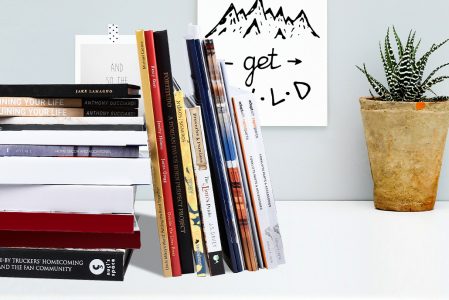Choosing the right binding style for your print project is important. Here's our helpful guide to the six most popular binding options for self-publishers and businesses
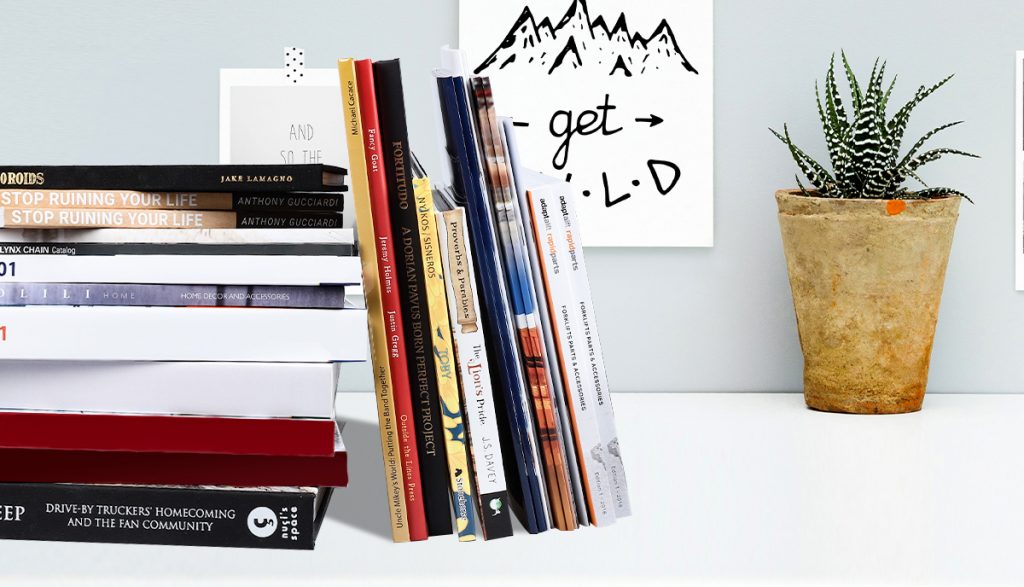
Products printed by QinPrinting
Since only 23% of devoted authors are successful at getting traditionally published, the self-publishing industry has been growing like wildfire. Many authors are also choosing to self-publish because they can retain the rights to their own work and reach a wider audience via online platforms.
To self-publish effectively, you'll need to know the book binding options available for your print audience. Here, we're going to talk about some of the most common types of book binding. Read on to get some insight into which is right for your publication.
Hardcover Binding
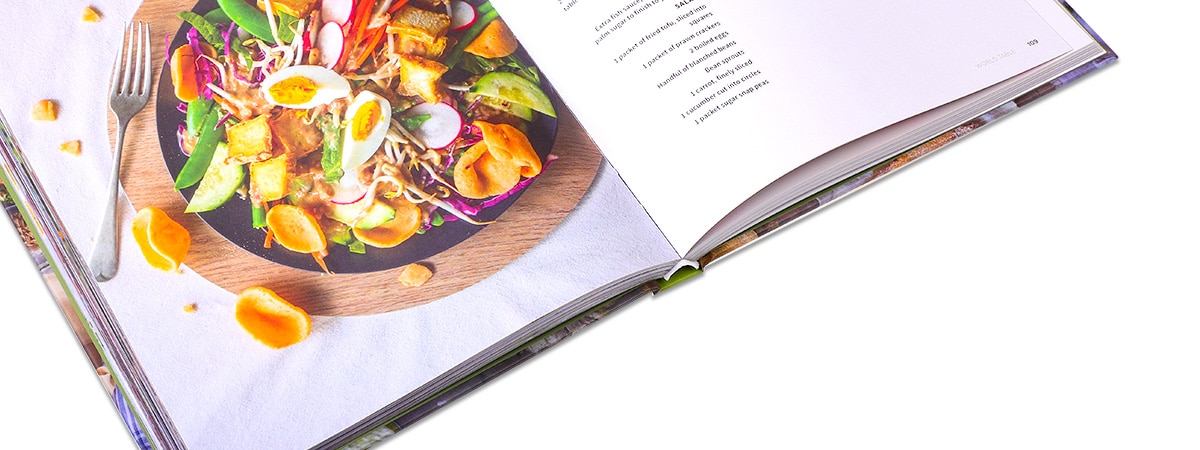
Method: in this binding, we organize the interior pages into signatures which are then printed, cut, and sewn, and glued into a hard casing covered by a printed sheet which forms the cover. This binding is the most resilient and professional-looking, especially if you add special treatments such as embossed titles, debossed titles, soft touch lamination, and metallic foil stamping; or a custom-made printed dust jacket, a slip case, marker ribbons, and sewn decorative headbands for a special “collector's edition.
Materials: matte or gloss art paper wrapped on 2 mm to 3 mm grayboard; gloss, matte, or uncoated text paper; binding thread; PUR adhesive; ink; varnish.
Uses: Novels, graphic novels, “special editions” and collections, art books, coffee table books, science and technical manuals.
If you like to read, you already know that nothing beats a hardcover book in terms of quality. This cover type is also called ‘case binding' because the binding forms a protective case around the pages. We create hardcover books that are as impressive, slick, and professional-looking as any that you would find in the major high street bookstores.
The main downside of hardcover binding is that it can get relatively expensive. But while it will cost you a little more to print the hardcover adds a perceived value which is greater than the added financial investment on your part, so you can usually sell the book at a much higher price to make a profit.
But if it's your first ever hardcover, it may be best to use it as a special edition or collection of work that your existing super-fans will definitely buy. You can also use hardcover binding for library copies if the library service forms part of your marketing and distribution strategy. Hardcover binding will keep your books sturdy and pristine over the course of many years.
Paperback Binding
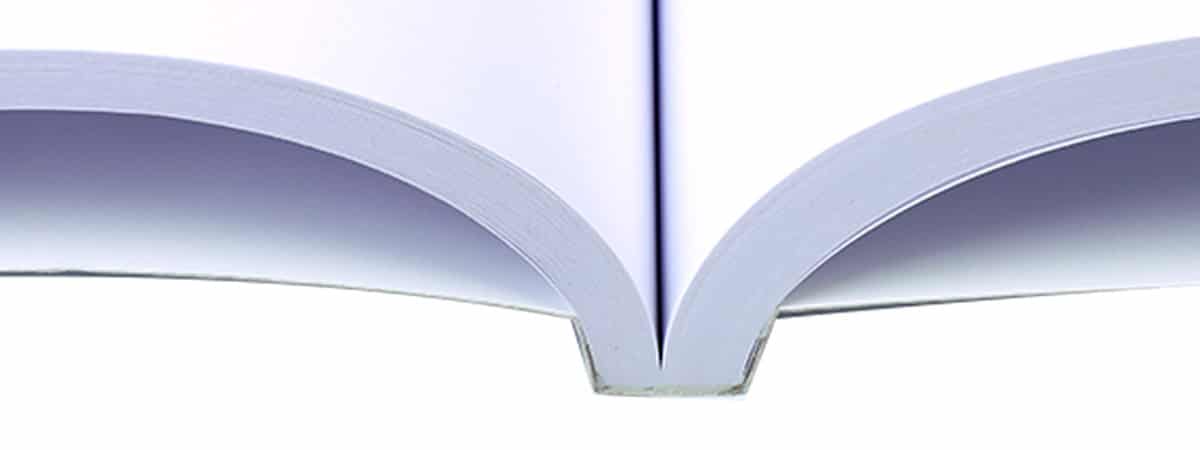
Method: With this style of binding, we collate the interior pages into a “block” and fix them with adhesive. Next, we glue the block into the cover. The cover is a printed—often gloss or matte coated or laminated—sheet made of heavier stock. The glue is NUR, a powerful polyurethane substance specially formulated to give the bonding of a structural adhesive with no loss of flexibility. Finally, we trim the cover and the pages on a super-sharp cutting machine, which makes them align “perfectly”, giving the technique both its name and a neat, professional finish.
Materials: matte or gloss cover paper; gloss, matte, or uncoated text paper; PUR adhesive; ink.
Uses: Paperback novels, guides, textbooks, workbooks, children's books
Most self-published authors, especially those with longer novels, textbooks, or guide books, will choose to create a paperback—also known as a softback or softcover—book for cost-effectiveness. The technical term for this type of binding is ‘perfect binding.'
Paperback binding can look just as professional as hardcover binding because of the many cover surface options available. Glossy covers are common, but soft matte covers are becoming increasingly popular. These options feel like rubber, velvet, and silk so that the books are more comfortable for readers to hold.
Sewn Paperback Binding
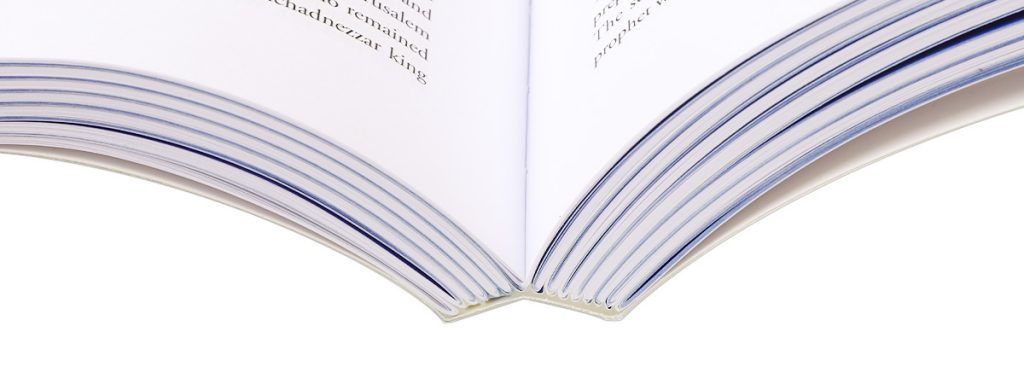
Method: this is the most popular binding style for many common print projects that must combine style and functionality. We collate and print the interior pages in sets called signatures, which are then sewn together and fixed into a wrap-around cover made of heavier art paper or lightweight card stock. This option gives you a truly beautiful book for a minimal outlay.
Materials: matte or gloss cover paper; gloss, matte, or uncoated text paper; binding thread; PUR adhesive; ink
Uses: Novels, reports, graphic novels, workbooks, textbooks, catalogs, booklets
Sewn perfect binding gives you the best of both the perfect-bound and saddle-stitched worlds. This method is essentially the same as paperback binding, but the pages are sewn together before being put into the soft cover.
This makes reading a much more comfortable experience for the reader because they can lay the book flat. It will remain stable when left open on a chair or coffee table. This is the perfect choice for thinner books and college textbooks that students will need to easily annotate.
Unfortunately, however, thinner sewn perfect bound books will not be able to sustain the title or author name on the spine. This is generally all right assuming that you have a high-quality cover design that captures the eye of readers immediately. Thicker ones, however, will be able to have text (and even art) on the spine.
This binding is a bit more expensive than regular paperback binding, but it's completely worth it for a professional-quality aesthetic.
Saddle Stitching
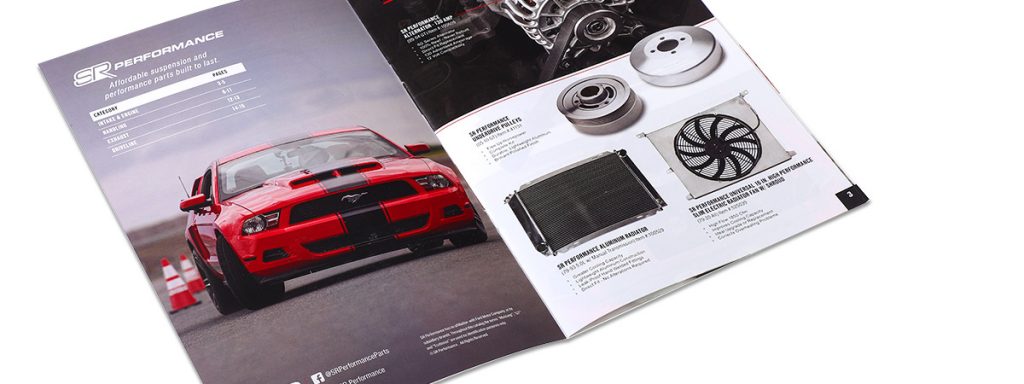
Method: this means that we make the book of folded sheets stacked inside each other, often with an added cover sheet of glossy art paper, and then stapled together down the crease. The name comes from the original process of sewing the pages together with binding thread. This binding is only possible with a page count divisible by four, to a practical limit of 48 pages.
Materials: matte or gloss cover paper; gloss, matte, or uncoated text paper; binding staples; ink.
Uses: comic books, picture books, booklets, instruction books, user-manuals, shorter catalogs, magazines.
Saddle stitching is commonly used for booklets, magazines, and catalogs. Unlike paperback books, these can be printed with less than the 48-page paperback minimum. If you're creating a company brochure or a fanzine, this is a perfect choice. Because of the simple methods used in their production, they are extremely affordable and have a fast turnaround time.
Spiral Binding
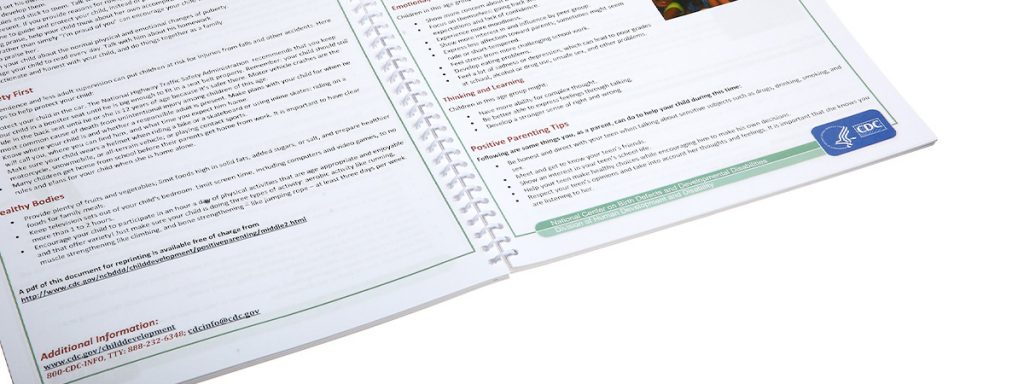
Method: for this binding we punch or drill holes into the pages down one side and then bind them with a plastic coil which spirals through the holes. We crimp the coil at both ends so the pages don't come loose. You can turn the pages of a spiral-bound book through 360° and also lay the open book completely flat.
Materials: gloss, matte, or laminated cover paper; gloss, matte, or laminated text paper; colored plastic coil; ink; vinyl.
Uses: instruction manuals, guidebooks, sales presentation portfolios; workbooks
Spiral binding isn't common for novels, but it has some great uses. Workplace manuals, safety guides, calendars, music books, and extensive menus for restaurants and cafes often choose this option. A spiral-bound book is easy to read and can easily be opened flat at any page.
Wire-O Binding
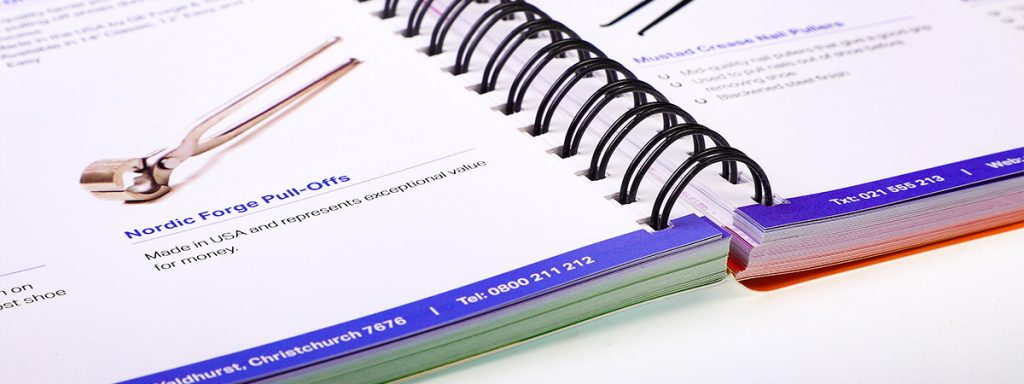
Method: Wire-O binding uses a technique known as “punch-and-bind”. We punch or drill equally spaced holes along one of the outer edges of the book's pages. We then insert a flexible wire—wound into a double series of circular hoops—through the holes. The wire coil holds the pages together while allowing them to turn independently even through 360° and, of course, lay completely flat. We can laminate the pages to make them tougher and water-resistant.
Materials: gloss, matte, or laminated cover paper; gloss, matte, or laminated text paper; metallic wire hoops; ink; vinyl.
Uses: wire-o can be used for many of the same applications as spiral and is also a popular option for calendars, notebooks, reports, and diaries.
Wire-O is often cheaper than spiral binding. If you use it for a calendar, we can also add a metal hoop for hanging it up.
Talk to us about your best book binding options
Now that we've introduced you to the six most popular and useful binding options, you should be better able to decide which is right for your printing project. Request a quote for your project and learn how much it will cost to get your book looking perfect and professional. Our experts are also happy to answer any lingering questions that you have so you can make sure that you're choosing the right type of book binding for your needs. Let's talk. We look forward to hearing from you soon!





